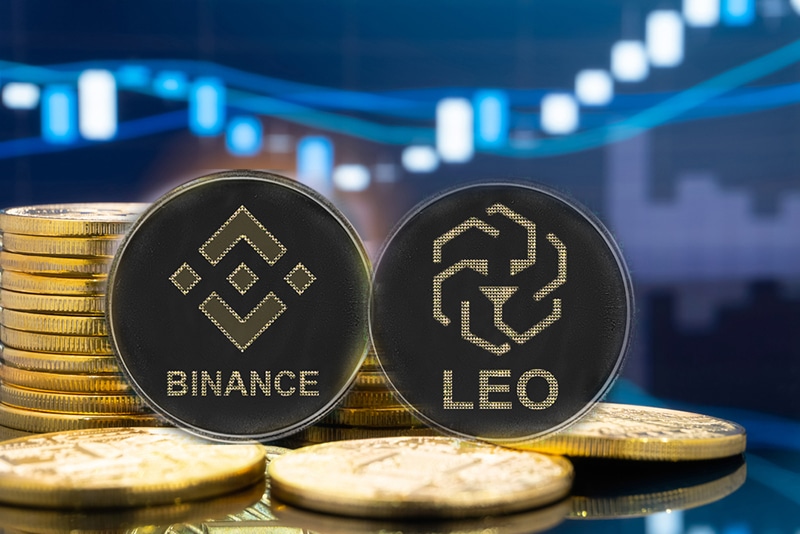
In 2021 alone, the combined market cap of all cryptocurrencies more than tripled in value. This goes to show that more and more people are embracing cryptocurrencies and other blockchain products. The easiest way for beginners to get ahold of crypto assets is through centralized exchanges such as Binance. Usually, such exchanges will have native tokens that are used to pay transaction fees on their network, in addition to performing other functions. Some of these tokens have grown in value to rival even the most popular cryptocurrencies. This has brought with it plenty of investor interest. In this article, we shall be looking at the best CEX cryptocurrencies to invest in today.
1. Binance Coin (BNB)
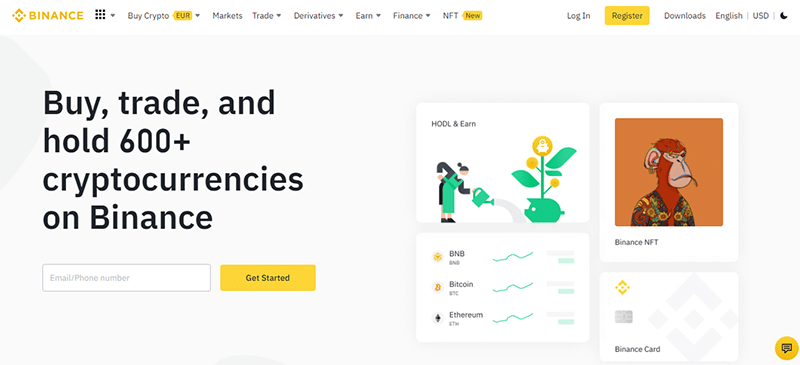
Binance is currently the largest crypto exchange by trading volume. It was started in 2017 as a marketplace for exchanging crypto tokens with fiat, but it has greatly evolved since then to include a variety of offers. It now includes the Binance Chain, the Binance Smart Chain, which plays host to a variety of dApps and DeFi protocols, Binance Academy, and the Trust wallet, a secure cryptocurrency wallet. This is all in line with its mission to become the primary infrastructure provider for all things blockchain.
BNB, its native coin, has seen significant price hikes since its inception, perhaps the most significant being recorded in 2021. Its recent classification into the BEP-95 standard has seen it become more deflationary as gas fees on BSC have been reduced. The network also executes a periodic burn of the fees to reduce the coin’s supply. At press time, it was the 4th largest crypto by market cap.
2. Cronos (CRO)

CRO is the native coin of the Cronos blockchain, which was developed by the Crypto.com financial services company. The company’s main goal is to facilitate the global acceptance and adoption of cryptocurrencies by bringing them into everyone’s wallet.
The CRO coin has a variety of use cases on the crypto.com platform. For one, holders of the coin can stake them to act as validators on the network and, in return, earn a portion of the transaction fees. Staking this token on the crypto.com app or on their metal Visa card also earns interest of 10-12% annually. It is also the token that is used to pay these transaction fees on the network.
Users who utilize the coin to pay merchants stand to get cashback of up to 20%. Further, those who use CRO gift cards or trade them peer-to-peer get cashback of up to 10%.
3. FTX token (FTT)
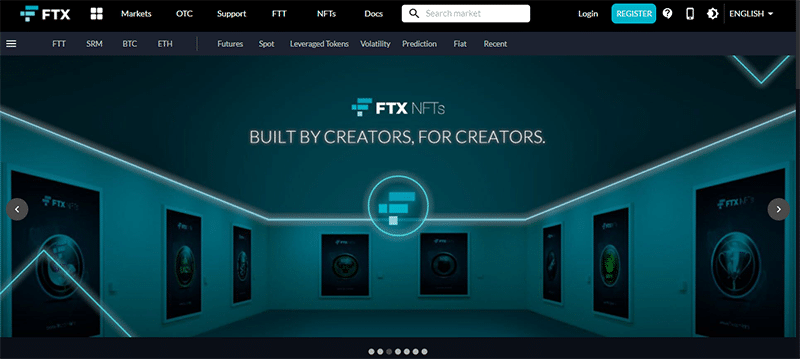
FTT is the native coin of FTX, a crypto derivatives trading platform that was founded in 2019. This platform sets itself apart from other mainstream platforms through its features of clawback prevention, settlement of derivatives using stablecoins, and their centralized collateral pool. It reduces clawback by utilizing a three-layered liquidation model. Further, settling of derivatives using stablecoins means their users only require one universal wallet. At the time of writing, FTT was the 25th largest cryptocurrency by market cap.
4. UNUS SED LEO (LEO)
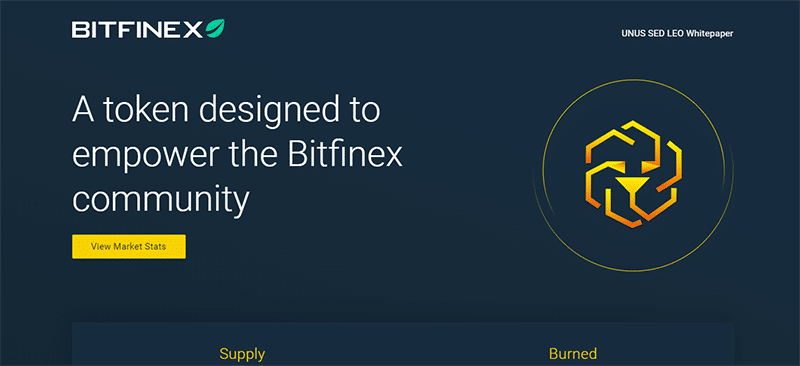
LEO is a token used across the iFinex range of services. iFinex is the parent company of Bitfinex, a popular crypto centralized exchange. The Leo token allows Bitfinex clients to save on their transaction fees by offering discounts commensurate to the amount of the coin a user holds in their wallet. These discounts also vary for different transaction types, be it crypto to crypto or to stablecoin.
This token stands out from its competition in that it has a burn rate meant to diminish its supply to zero at some point. It is also one of a select few tokens launched on multiple blockchains. 64% of its initial supply was launched on Ethereum, while the rest was hosted on EOS.
5. KuCoin token (KCS)
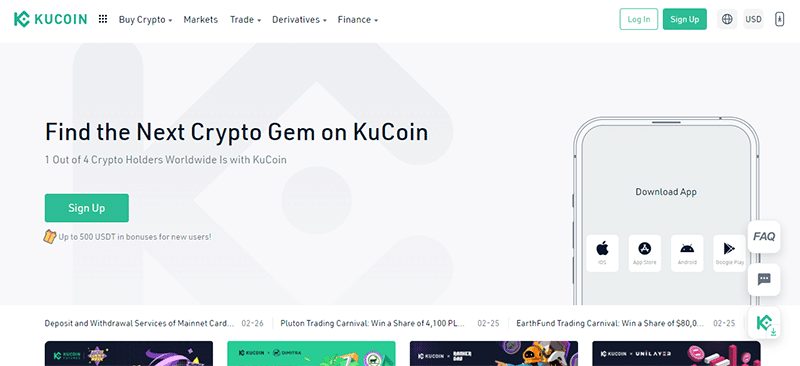
KCS is a token that was launched in 2017 to power the KuCoin exchange. It is an ERC-20 token, which means its compatible with Ethereum. It has an initial total supply of 200 million but is designed to burn periodically until that supply is cut in half.
Users who hold more than 6 KCS earn a daily dividend from the transaction fees obtained on the network. This reward system is called the KCS Bonus, and it varies depending on a user’s holdings and the transaction volume on the exchange.
6. Huobi token (HT)

HT is the native token of Huobi, a Chinese crypto exchange platform that was founded in 2013. Following the total ban on cryptocurrencies by the Chinese government, Huobi moved its operations to Seychelles. Today, they have offices in Hong Kong, South Korea, Japan, and the US. At the time of writing, HT was the 64th largest cryptocurrency by market cap.
7. OKB
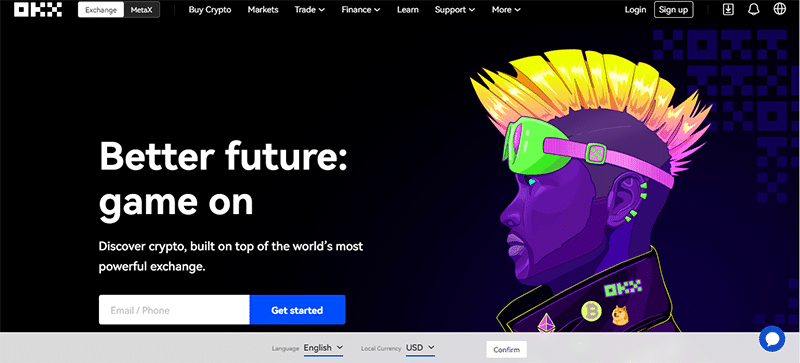
OKB is a native token of the Maltese crypto exchange, OKX. This is one of the most popular exchanges, as it ranks third in liquidity and fourth-largest in terms of daily turnover. This platform offers its users several special features such as cloud mining and options trading. The OKB token is used to pay transaction fees on the network and to reward users who hold OKB. It also carries voting rights for governance decisions on OKX.
8. GateToken (GT)
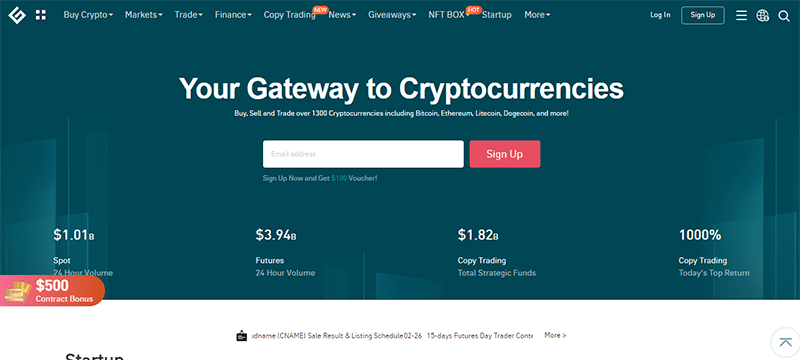
GT is the native token of the Gate.io crypto exchange platform and was launched in 2020. Initially, this token was doled out to Gate.io users for free, and it had a total supply of 1 billion coins. However, it was designed with a periodic burn, and by the time of writing, only 0.3 billion GT remained. This makes it a highly deflationary coin. It is used for paying transaction fees on the platform and participating in exclusive events.
Conclusion
Centralized exchanges have been at the forefront of spearheading the spread of crypto adoption across the globe. Some of these exchanges have native tokens that have managed to surpass even the mainstream cryptos. We have looked at the top 8 of these CEX tokens. However, investing in crypto is a high-risk endeavor, and our recommendations in this article do not constitute investment advice.








Leave a Reply